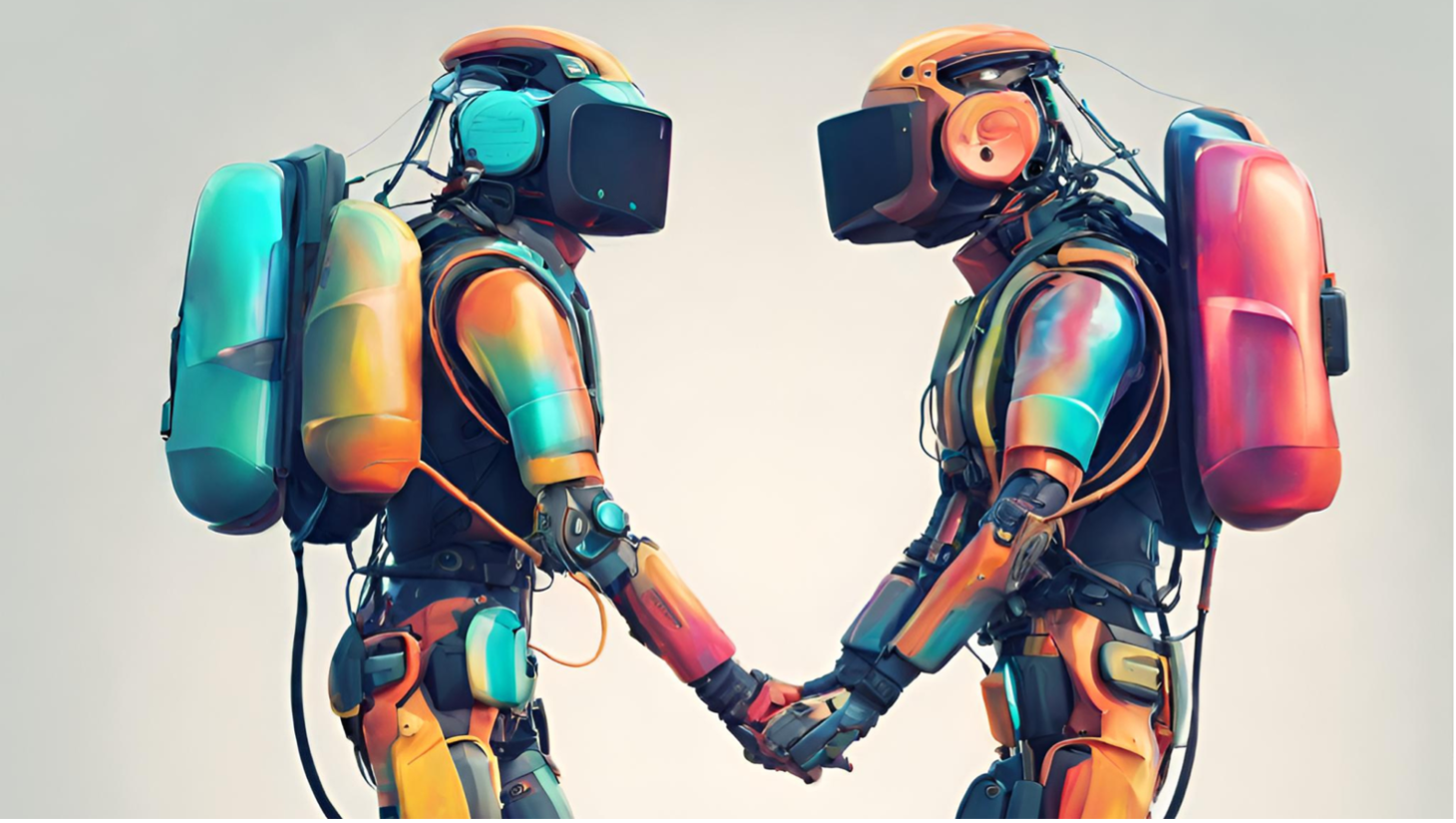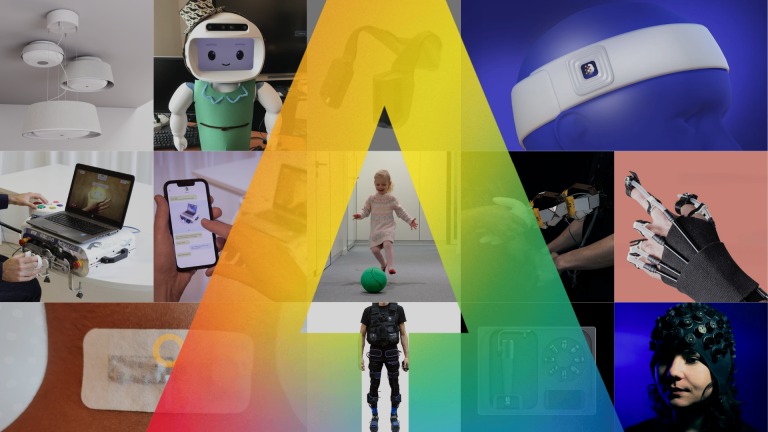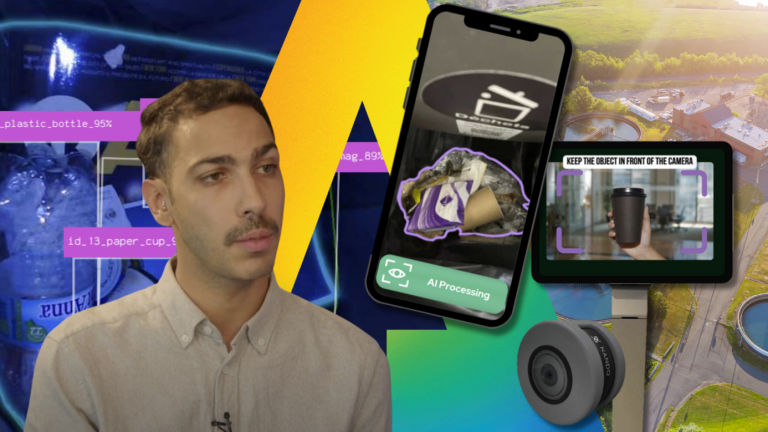Discover Wandercraft: Revolutionizing Mobility with AI-Powered Exoskeletons for Enhanced Independence
In an era where technological innovations are closely tied to global sustainability goals, the integration of AI with robotics technologies has become essential for accelerating progress toward the United Nations Sustainable Development Goals (SDGs).
The Robotics for Good Innovation Factory, organized by the International Telecommunications Union, is a global competition spotlighting start-ups that present groundbreaking solutions to societal challenges across diverse fields.
On November 7, 2023, during the inaugural session of a global start-up pitch event titled “Meet the Robotics for Good start-ups advancing sustainable development – 1st Session,” four exceptional entrepreneur finalists were selected by the Robotics for Good Innovation Factory judges to showcase their innovative solutions aimed at propelling the 2030 Sustainable Development Goals Agenda.
After extensive discussions and impressive presentations, Wandercraft was awarded first prize for their revolutionary Atalante X hands-free walking exoskeleton designed for rehabilitation.
As a prize winner, Wandercraft was bestowed with a package that included a pitch opportunity and a ticket to the AI for Good Innovation Factory Grand Finale at the AI for Good Global Summit 2024, along with a VIP Pass, an exhibition booth, exclusive mentoring from the judges, and networking prospects with the United Nations.
Additionally, the winning package featured travel support from KUKA to attend the AI for Good Global Summit, an exhibition booth at the World AI Cannes Festival 2024, and a one-year residency at MassRobotics.
We had the chance to speak with Nicolas Simon, the Founder and President of Wandercraft. In our conversation, Nicolas offered enlightening insights into the company’s origins and the team’s motivation that fuels their innovative drive towards a more sustainable future. Here are five key points you should know about their journey.
Can you tell us about your winning solution?
Founded in 2012 by a passionate group of engineers and entrepreneurs in Paris, France, Wandercraft aimed to revolutionize the experiences of individuals with mobility impairments. The founding team, including Nicolas Simon, Matthieu Masselin, and Jean-Louis Constanza, was deeply motivated by personal experiences with mobility challenges stemming from Charcot Marie Tooth (CMT) disease—a hereditary condition resulting in nerve damage, muscle weakness, and numbness. This mission was more than just business; it was a personal journey.
Nicolas Simon drew inspiration from his family’s encounter with this genetic condition, witnessing as it gradually diminished his brother’s ability to run, ski, and ultimately walk. As a young engineering student, he pondered, “Why should wheelchairs be the only solution?”
Across the city, Jean-Louis Constanza faced a similar dilemma with his son, Oscar, who was also diagnosed with CMT. After receiving his first wheelchair, Oscar innocently asked his father, “Why don’t you make a robot to help me walk?” This innocent inquiry from a six-year-old sparked a profound quest for innovation.
“The wheelchair is an ancient technology, existing since the wheel’s inception. In contrast, walking represents a marvel of evolution, refined over millions of years,” Nicolas Simon remarked.
Despite the complexities involved, designing a safe walking robot driven by a non-walking individual was deemed one of robotics’ most daunting challenges—until now…
More than a decade later, Wandercraft’s self-balancing robotic exoskeletons are empowering individuals to reclaim their mobility and enhance their well-being. Their pioneering self-balancing technologies are engineered at the forefront of robotics, reinforced by advanced multi-directional walking algorithms that enable even the most complex patients to stand, walk, balance independently, and navigate their surroundings autonomously.
Where are you from and what regions do you work in?
Wandercraft began its journey in Paris, France, before transitioning its headquarters to New York. Their operations span two major regions: the Americas and Europe. Wandercraft’s innovative exoskeletons are currently utilized in numerous rehabilitation centers and clinical research facilities across these areas, with nearly 100 units deployed globally. This widespread distribution demonstrates their commitment to enhancing mobility and quality of life for individuals with impairments, irrespective of their location.
How can your solution help to solve the United Nations Sustainable Development Goals?
Wandercraft’s robotic innovations play a crucial role in addressing significant United Nations Sustainable Development Goals, particularly focusing on health and well-being (SDG 3) and minimizing inequalities (SDG 10).
Their robotic exoskeletons greatly improve the quality of life for individuals with mobility impairments by enabling them to stand and walk independently. This enhancement not only supports physical health by mitigating the sedentary lifestyle often linked with long-term wheelchair use but also fosters overall well-being.
“Our exoskeletons empower individuals with mobility impairments to partake in daily activities and physical exercise, significantly enriching their quality of life,” emphasized Nicolas Simon.
This direct involvement is vital for maintaining physical health and nurturing a sense of independence.
Additionally, Wandercraft’s technology is instrumental in alleviating social and economic disparities. By providing individuals with disabilities the capacity to traverse their environments autonomously, these exoskeletons promote enhanced social inclusion and accessibility. The ability to engage more fully in society dismantles the barriers that often prevent total participation in various life aspects, directly aligning with SDG 10’s objectives. Through such innovative solutions, Wandercraft actively contributes to fostering a more inclusive and equitable world for all.
What is your biggest challenge as a robotics start-up?
As a pioneering robotics and AI start-up, Wandercraft’s most significant challenge lies in guaranteeing access to their technologies, ensuring that as many patients as possible can benefit from them.
Their exoskeletons offer hope for many patients, with over 795,000 individuals in the U.S. alone suffering from strokes each year, around 302,000 experiencing traumatic spinal cord injuries, and approximately one million living with multiple sclerosis.
“The profound value of giving these patients the chance to stand and embrace a loved one cannot be overstated,” Nicolas Simon pointed out.
Beyond medical access challenges, the Wandercraft team is constantly exploring advancements in Robotics and AI and considers their role in cultivating a skilled workforce of experts and engineers to advance the field. This commitment drives them to sponsor events and competitions at the collegiate level, create job opportunities for emerging engineers, and provide scholarships to Ph.D. students in Robotics and AI, ensuring a promising future for the industry.
Why did you join the Innovation Factory Pitching Competition?
The start-up expressed their excitement about the opportunity to showcase their innovative robotic exoskeleton technologies and connect with a global community of leaders and innovators.
“We firmly believe in the significance of sustainable development, and we are eager to spearhead these goals through our initiatives in the health and robotics sectors,” Nicolas Simon emphasized.
In conclusion, this Robotics for Good Innovation Factory session underscores the transformative potential of advanced robotics in promoting the United Nations Sustainable Development Goals.
As we anticipate the upcoming AI for Good Global Summit 2024, it is imperative to collectively explore new technologies and collaborations to harness robotics’ potential in shaping an inclusive and equitable society, ultimately steering progress toward a universally accessible and sustainable future.
Watch the full session here:
Nicolas Simon, Wandercraft
InterviewRobotics for GoodShare This PostCopy linkLink copied!FacebookTwitterLinkedInWhatsAppEmail






